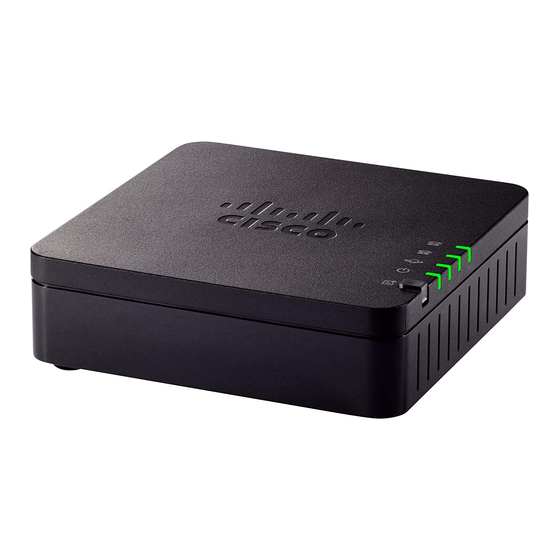SIP Capabilities
Note
SIP for the ATA 191 is compliant with RFC2543.
SIP Capabilities
Session Initiation Protocol (SIP) provides these capabilities:
• Determines the availability of the target endpoint. If the target endpoint is unavailable, SIP determines
• Determines the location of the target endpoint. SIP supports address resolution, name mapping, and call
• Determines the media capabilities of the target endpoint. Using the Session Description Protocol (SDP),
• Establishes a session between the originating and target endpoint. If the call can be completed, SIP
• Handles the transfer and termination of calls. SIP supports the transfer of calls from one endpoint to
SIP Components
SIP is a peer-to-peer protocol. The peers in a session are called User Agents (UAs). A user agent can function
in one of these roles:
• User agent client (UAC)—A client application that initiates the SIP request.
• User agent server (UAS)—A server application that contacts the user when a SIP request is received and
Typically, a SIP endpoint is capable of functioning as both a UAC and a UAS, but functions only as one or
the other per transaction. Whether the endpoint functions as a UAC or a UAS depends on the UA that initiated
the request.
From an architectural standpoint, the physical components of a SIP network can also be grouped into two
categories—Clients and servers. The following figure shows the architecture of a SIP network.
Note
SIP servers can interact with other application services, such as Lightweight Directory Access Protocol (LDAP)
servers, a database application, or an extensible markup language (XML) application. These application
services provide back-end services such as directory, authentication, and billable services.
Cisco ATA 191 Analog Telephone Adapter Overview
2
whether the called party is already on the phone or didn't answer in the allotted number of rings. SIP
then returns a message indicating why the target endpoint was unavailable.
redirection.
SIP determines the lowest level of common services between endpoints. Conferences are established
using only the media capabilities that all endpoints support.
establishes a session between the endpoints. SIP also supports midcall changes, such as adding another
endpoint to the conference or changing the media characteristic or codec.
another. During a call transfer, SIP establishes a session between the transferee and a new endpoint
(specified by the transferring party). SIP also terminates the session between the transferee and the
transferring party. At the end of a call, SIP terminates the sessions between all parties. Conferences can
consist of two or more users and can be established using multicast or multiple unicast sessions.
returns a response on behalf of the user.
Cisco ATA 191 Analog Telephone Adapter Overview

